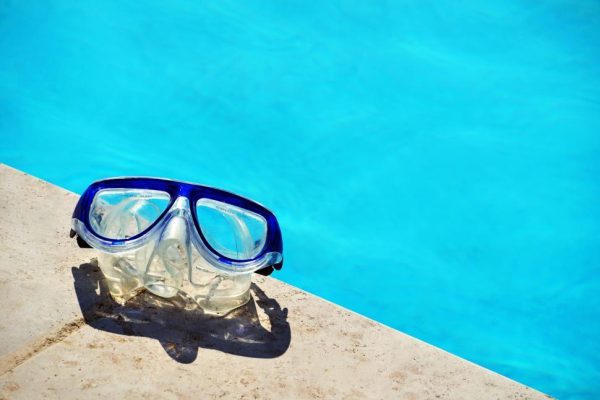Worse for Wear: Preparing for Winter Driving
Some love it, some hate it, but either way it’s unavoidable: winter. The first true taste of winter was on last Sunday, October 14th, with freezing temperatures and a few inches of snow. Many drivers dread winter, but here are few things that can be done to stay safe and make winter driving bearable.
Mechanical Tips:
Refill antifreeze as it helps to keep the car’s engine from freezing. Check the level of antifreeze in the car and refill if necessary.
Test and refill engine coolant to keep the engine from overheating and overworking. If the coolant mix is off, it can also cause water to drip into the engine and freeze, damaging it. Kits to check the mix of coolant in the car can be found at auto supply stores and it is simple to refill.
Switch to a thinner engine oil. Oil viscosity is determined by the number in the front and the lower the number, the thinner the oil. For example, an oil grade of 5W-30 would be better than a grade of 10W-30. If the car has an oil change coming up soon, it would be an opportune time to change the oil.
Switch to windshield wiper fluid specifically developed for the wintertime. This fluid is specifically developed to help melt and break ice and snow to prevent wipers from breaking and will make it easier to see in the wintertime. At the very least, it’s a good time to check wiper fluid levels because no one wants to mess with their car in the middle of the winter.
Try to keep the gas tank at least ¼ full through the entire winter. When it freezes and melts continually, condensation is formed and can leak into the tank or engine, causing mechanical problems, especially when it comes to the car starting.
Outside of the Car:
Check the headlights. Make sure that the light covers are clean and that the lights all function properly to prevent accidents at night or in storm conditions with low lighting.
Check the tires. Check the tire pressure and refill if necessary. Do not use the tire pressure indicated on the tires themselves, use the one indicated on the inside of the driver’s side door or in the Owner’s Manual. In addition, make sure the treads on the tires are at least 2/32 of an inch high. Worn tires lead to lower traction, especially in winter weather conditions.
An estimated 11,000 accidents and 19,000 injuries happen each year due to tire-related accidents. — National Highway Traffic Safety Administration
Many gas stations provide tire gauges and tire air refills for free, so just ask if unsure.
Windshield wipers should also be checked. If it looks like they are not functioning properly or cleaning well, replacing them could be the solution. Most windshield wipers are sold at auto parts stores and can be easily replaced at home by following the instructions on the package.
Washing and waxing the car prior to the first major snow storm can help prevent paint corrosion caused by road salt but is not necessary.
There are also guidelines on what should be carried within a car to promote well-being during the wintertime. It is recommended to gather a kit that contains bottled water, a first aid kit, non-perishable food, blankets, gloves, hats, a flashlight (and spare batteries), jumper cables, tire chains (if needed), a bag of kitty litter or sand, a small container of coolant (make sure it’s leak proof), a small shovel, and an ice scraper with a brush. All of these can help in the event of a winter-driving emergency and some items like the ice scraper can have everyday use. Get prepared and have fun this winter ‘Bos!

Karenna Doctor is a Senior at Rocky Mountain High School and is also a staff member of the school literary and arts magazine, The Looking Glass. Outside...










